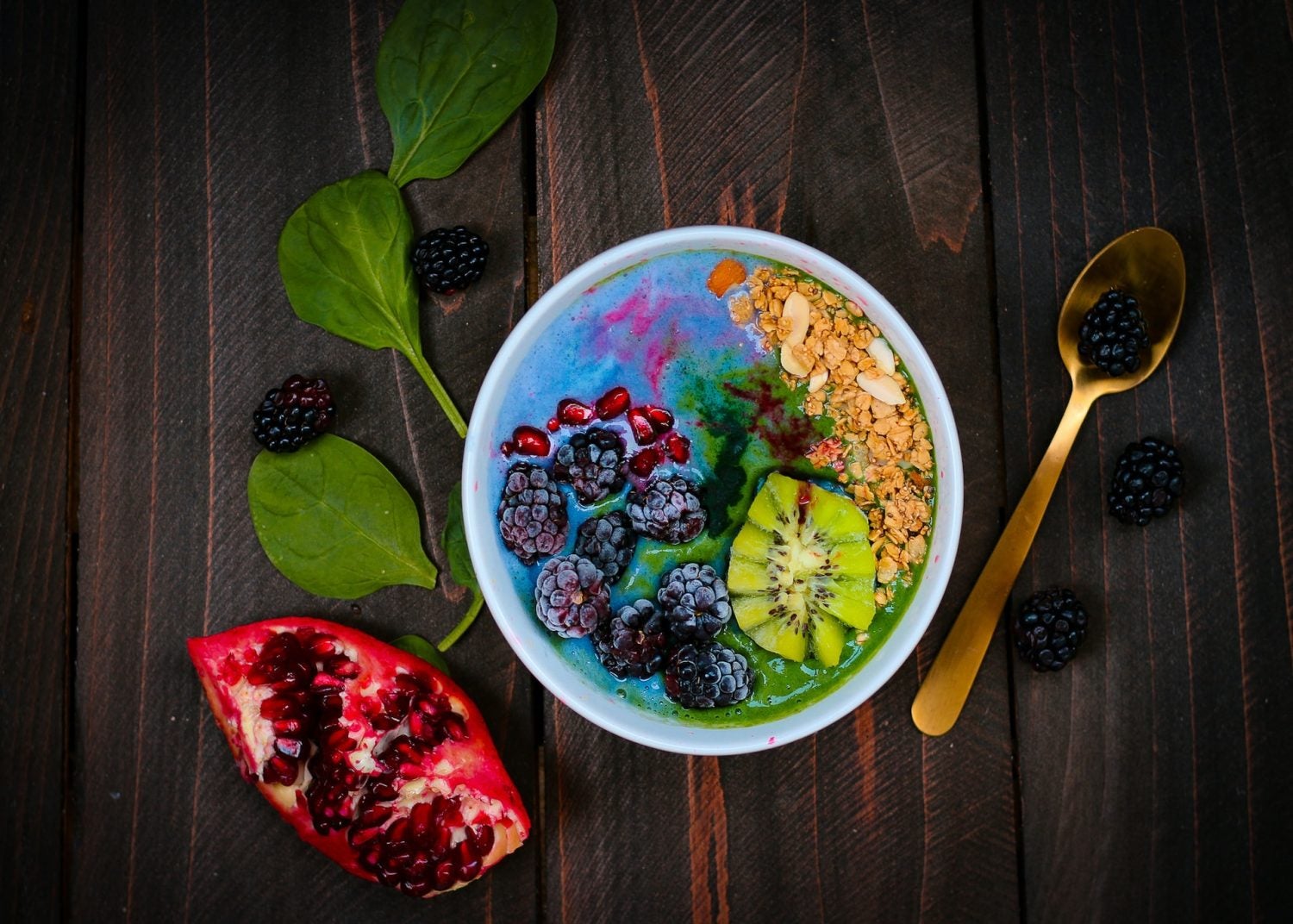Life can get busy – fast. Even when you plan ahead, finding a balance between work, school, and the gym can start to feel a little hectic. You want more time for yourself. Suddenly, planning healthy meals becomes the last thing on your mind.
You start ordering takeout or dining out more often. While this alleviates some stress short-term, you might quickly become frustrated when you aren’t meeting your health and fitness goals as fast as you wanted to. Plus, eating out a few times a week adds up quickly and could severely impact your budget.
No matter how busy you get, healthy fitness food can help you stay on track! Not only does eating a balanced diet help you maintain a healthy weight, but it can also improve focus and mental clarity.
These five tips can help you plan meals for yourself and your family, even during the busiest weeks.
1. Plan Out Your Week
Before you even start to think about food, take a few minutes to plan your entire week. What does it look like? How many nights will you be home? Are there days you have to eat out? Which days do you have time to cook?
During busy weeks you already have to make a lot of choices, don’t let decision fatigue impact what you eat. When you’re tired, you’re more likely to reach for an unhealthy alternative simply because it’s easier.
Having your schedule laid out in front of you will help you determine what meals make the most sense day by day. On days you have the time, plan to cook extra portions so you can quickly reheat leftovers when you’re in a rush.
Now that you’ve made your meal decisions for the week leave this guide up on the fridge where you can see it. You’ll be more likely to stick to your plan when it’s right there in front of you every time you reach for a snack or get ready to prep dinner.
2. Make a Grocery List
It can be easy to just run into the grocery store to grab a few things, but going in with a plan is much more efficient and will save you time and money. Otherwise, you’ll end up buying food you may not use.
Use your weekly plan to help make your grocery list. Decide what meals you plan to cook daily for breakfast, lunch, and dinner. Organize your list based on produce, dairy, meats, etc. You can quickly move around the store and check items off your list.
3. Prioritize Fresh Ingredients
You may have heard the saying, “you are what you eat.” Well, studies have shown that those who eat a balanced diet that prioritizes fresh ingredients rather than processed foods are less likely to suffer from depression and anxiety.
It may be easier to reach for refined sugars and processed snacks, but your body and mind will thank you in the long run when you choose fresh foods as fuel. You’ll get more done during busy weeks when you give your body the energy it needs.
4. Make Time to Meal Prep
Once you have your grocery list and weekly schedule, choose specific days to prep your food for the week so you can grab and go as needed. Setting aside a few hours to prepare your food on Sunday can save you a lot of time during the week.
Some examples of easy recipes you can enjoy all week long include:
- Roast Chicken – shred it up and add to salads and rice bowls
- Smoothies – proportion ingredients into freezer bags, then simply add milk and blend
- Overnight Oats – have a complete breakfast ready as soon as you wake up each morning
- Rice – use a rice cooker and make a larger serving of brown rice; it will keep in the fridge for up to 5 days.
- Sheet pan vegetables – roast vegetables like broccoli, brussel sprouts, carrots, and zucchini on a sheet pan and enjoy all week.
5. Consider a Meal Service
Sometimes meal prepping can seem like too much, especially if you aren’t experienced in the kitchen. Take the pressure off by using a fitness meal delivery service. Avoid hours at the grocery store and long days spent prepping by having perfectly portioned meals delivered directly to your door.
You can choose from a service that provides meals ready to heat and serve or meal kits that you cook yourself. Many offer a variety of membership tiers, and some even include breakfast, lunch, and snacks, as well as dinner.
Fitness-based delivery services adhere to various diet preferences and allergies, including keto, gluten-free, and vegan. Plus, they list their nutrition information clearly and concisely, making it easier for you to track your macros and meet your goals.

















